Scientific Cameras for Ultra-Low-Light Imaging in Quantum Research
Quantum theory seeks to explain the nature and behavior of matter and energy at atomic and subatomic levels. Quantum research aims to manipulate the state of this matter and energy to achieve accurate, measurable, and repeatable results, thereby improving the understanding of such phenomena.
Most modern quantum research activity focuses on…Read Full Article
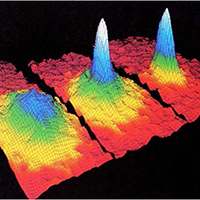
Cherenkov Emission Imaging and Spectroscopy Using a Pulsed Linear Accelerator and the Subsequent Deep-Tissue Imaging
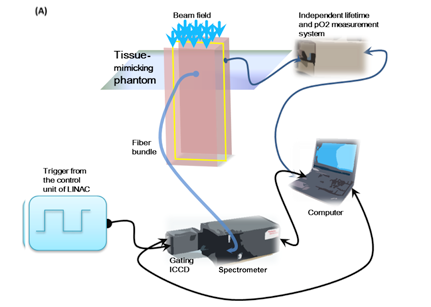
Cherenkov radiation, also referred to as either Čerenkov or Cerenkov radiation, takes place when charged particles (e.g., electrons) move through a dielectric (i.e., electrically polarizable) medium at a phase velocity greater than the speed of light in that medium.1 Emission of this radiation (see Figure 1) occurs as the charged particles lose energy inelastically via electric field interactions with the…Read Full Article
Ultrafast ICCD Cameras Enable New Three-Pulse Ballistic Imaging Technique for Studying Temporal Evolution of Turbulent, Steady Sprays
Although the use of sprays for industrial processes such as material deposition, cutting, and mixing is widespread, the design and testing of most spray devices is still predominantly phenomenological, owing not only to limitations in computing power but to gaps in the fundamental understanding of the multiphase fluid phenomena that drive spray breakup and morphology. One key to developing a first-principles understanding of sprays, therefore, is to devise methods for…Read Full Article
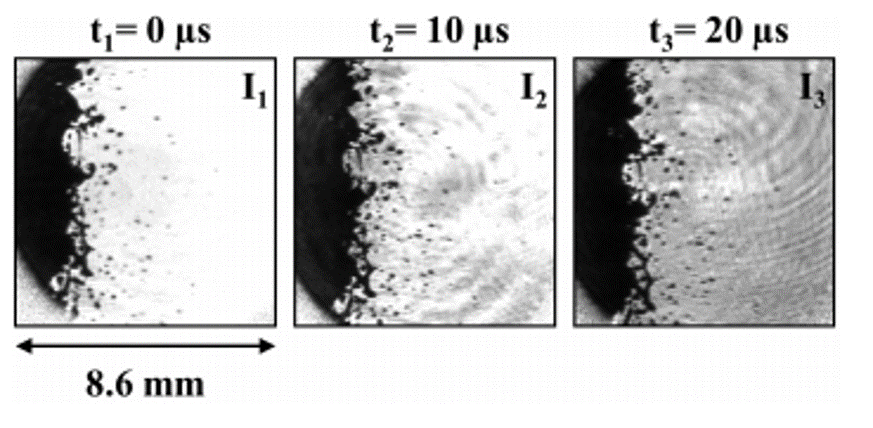
Ultra-High-Sensitivity emICCD Cameras Enable Diamond Quantum Dynamics Research
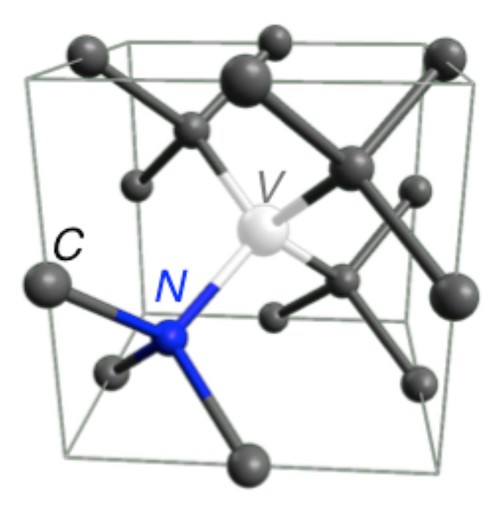
Interest in the various crystal defects found within diamonds is growing quickly amongst physicists and biologists worldwide. This increasing attention is attributable in no small part to the ability of such defects, when embedded in nanocrystals, to function as single-photon sources or as highly photostable, low-cytotoxicity fluorescent biomarkers.
One of these defects, the nitrogen-vacancy (NV) center, can be utilized to detect…Read Full Article
High-Accuracy LIBS with Nanosecond and Picosecond Time Resolution Enabled by Ultrasensitive emICCD Technology
Laser-induced breakdown spectroscopy (LIBS) is considered one of the most convenient and efficient analytical techniques for trace elemental analysis in gases, solids, and liquids. Both non-invasive and non-destructive, LIBS requires little-to-no sample preparation and can easily be performed either in the lab or…Read Full Article
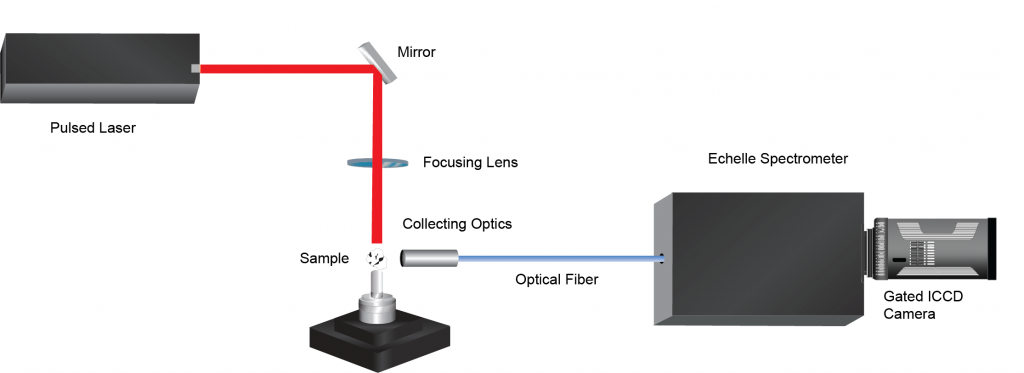
Ultra-High-Sensitivity emICCD Cameras Facilitate Use of Trapped Ions for Quantum Research
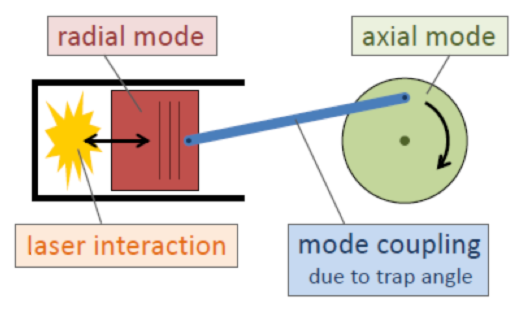
Laser-cooled ions in linear Paul traps are quantum systems with remarkable properties. Trapped ions offer an unprecedented degree of preparation and control of their parameters, can be cooled to the ground state, and can be coupled to engineered reservoirs. For these reasons, they have played a prominent role in…Read Full Article
Novel Time-Resolved FLIM Measurements Method
For years, fluorophore lifetimes were typically tens of nanoseconds and longer. Therefore, intensified CCD (ICCD) cameras with commercially available slow-gate and fast-gate image intensifiers capable of providing gate widths on the order of nanoseconds were sufficient for measuring and observing such phenomena effectively. Tens-of-nanoseconds gating allowed scientists to obtain several…Read Full Article
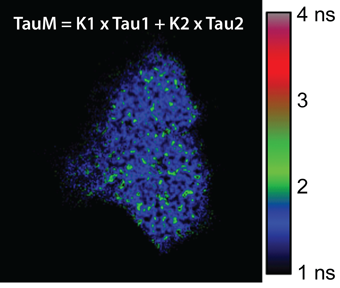
Wide-Field, Frequency-Domain FLIM Measurements Made Simple
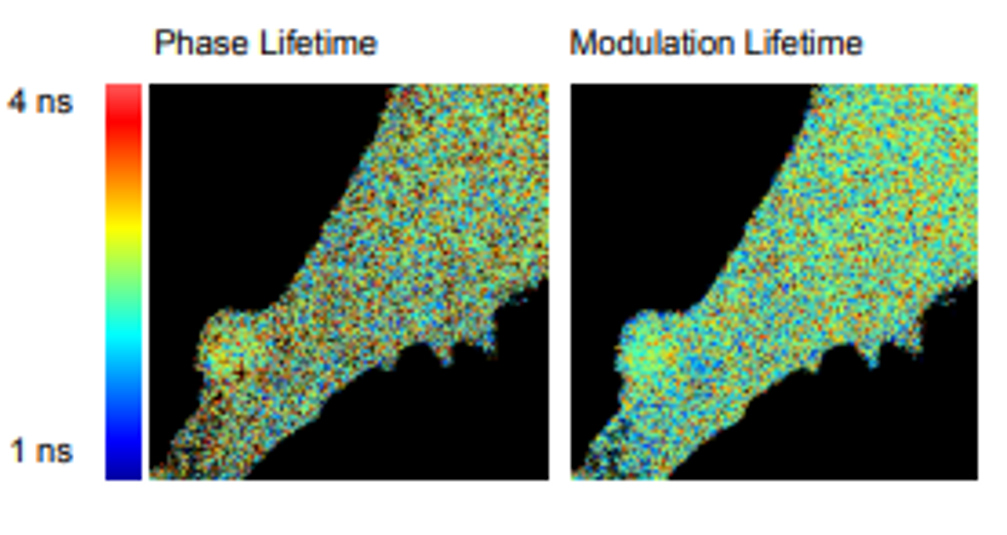
Fluorescence lifetime imaging microscopy, or FLIM, encompasses several techniques for mapping the spatial distribution of excited-state lifetimes (i.e., fluorescence decay times) of emitting molecular species with nanosecond and microsecond temporal resolution. Images produced using fluorescence microscopy via FLIM, therefore, are based on the acquisition of decay-time data.
Regardless of the specific FLIM method used, the differences in the exponential decay time of a species’ fluorescence…Read Full Article
Dynamic Neutron Radiography
Every engineer and scientist dreams of being able to investigate objects from within, without destroying them, in order to study cracks, hidden flaws, or structural material changes. Over the years, a variety of technologies have been utilized to help make this dream a reality via the ongoing development of new techniques that…Read Full Article
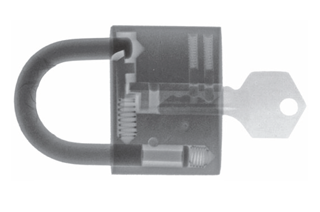
Cherenkov Emission Imaging and Spectroscopy Utilizing Isotopes and a Linear Accelerator
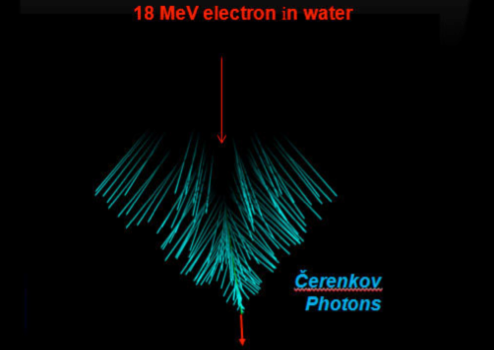
Cherenkov radiation, also referred to as either Čerenkov or Cerenkov radiation, takes place when charged particles (e.g., electrons) move through a dielectric (i.e., electrically polarizable) medium at a phase velocity greater than the speed of light in that medium. Emission of this radiation (see Figure 1) occurs as the charged particles lose energy inelastically via…Read Full Article
Imaging of Shock-Induced Deformation in Condensed Matter
Understanding the response of materials under the rapidly evolving extreme conditions induced by shock-compression is of great relevance to many industries whose work involves high-strain-rate phenomena, such as aerospace design, advanced materials processing and mining, renewable energy research, and defense technology.
In extreme environments like these, where loading conditions typically last for only a few microseconds, the bulk mechanical behavior of materials is governed by…Read Full Article
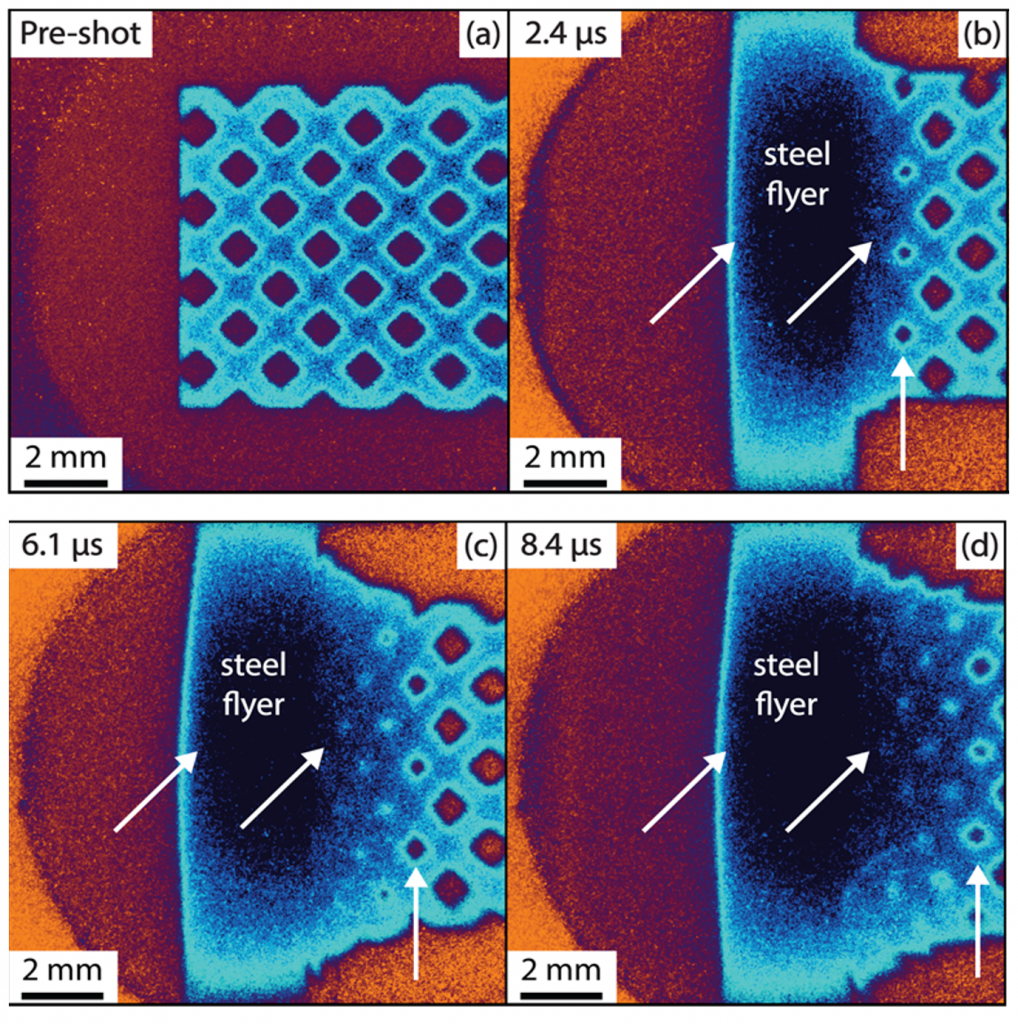
<500 Picosecond Gating Augments Studies of Atmospheric Pressure Plasma Jets

Non-thermal ‘atmospheric pressure plasma jets’ (APPJs) hold great promise for innovative applications in material processing and biomedicine/healthcare because of their ability to generate plasmas that are not confined between electrodes. Produced using one of several different experimental setups…Read Full Article
Ultra-High-Speed, Time-Resolved Spontaneous Raman Scattering Spectroscopy in Combustion
In combustion, until recently only two temporal optical gating schemes were available to increase signal-to-noise ratio (SNR) for time-resolved spontaneous Raman scattering (SRS) spectroscopy. Problematic optical background noise could be rejected either by electronic gating with an image intensifier or by using a mechanical shutter. Unfortunately, each of these traditional approaches has its shortcomings.
Image intensifiers, for example, provide excellent optical background noise rejection via…Read Full Article
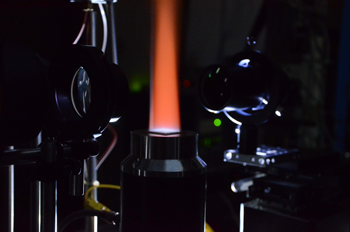
Using Planar Laser-Induced Fluorescence to Study Plasma Turbulence
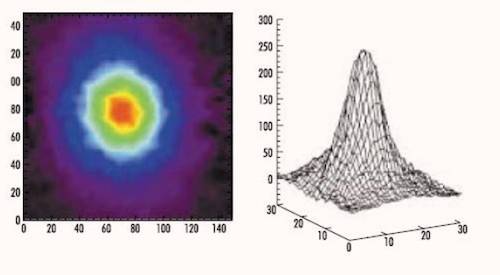
The successful development and optimization of fusion power sources will depend largely upon learning more about plasma turbulence and its relation to transport. Gaining a greater knowledge of plasma-edge turbulence is key, as the transport of particles near the plasma’s edge has a profound effect on global plasma confinement. It is in this region that the boundary values for plasma temperature and…Read Full Article
